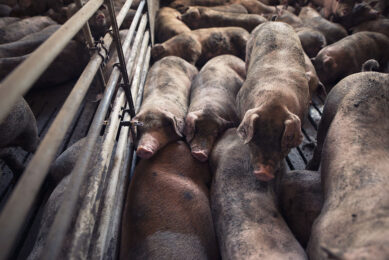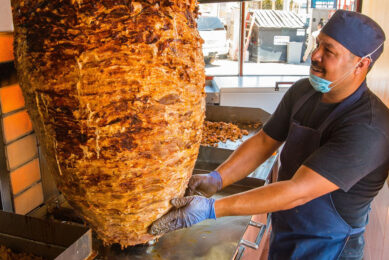US aims to cut greenhouse gas emissions
The US Environmental Protection Agency, together with the USDA has announced a new interagency agreement promoting renewable energy generation and slashing greenhouse gas emissions from livestock operations.
EPA and USDA’s enhanced collaboration will provide up to $3.9 mln over the next 5 years to help the farms overcome obstacles preventing them from recovering and using biogas. The collaboration will expand technical assistance efforts, improve technical standards and guidance for the construction and evaluation of biogas recovery systems, and expand outreach to livestock producers and assist them with pre-feasibility studies.
©
The agreement expands the work of the AgStar program, a joint EPA-USDA effort that helps livestock producers reduce methane emissions from their operations.
©
“This is a smart way to transform what would be a harmful greenhouse pollutant into a source of renewable energy, and make a profit for American farmers,” said EPA Administrator Lisa P. Jackson. “The AgStar program brings real benefits to our air and creates new opportunities for our farming community.”
©
Biogas is composed primarily of methane, a greenhouse gas 20 times more potent than carbon dioxide. Biogas emitted from manure management systems called digesters can be collected and used to produce electricity, heat or hot water. Due in large part to AgStar’s efforts, about 150 on-farm manure digesters are now operating at livestock facilities across the US.
©
In addition, EPA estimates there are about 8,000 farms across the US that are good candidates for capturing and using biogas. If all 8,000 farms implemented biogas systems, methane emissions would be reduced by more than 34 mln mt of carbon dioxide equivalent a year, roughly equal to the annual emissions from 6.5 mln passenger vehicles. In addition, these projects could generate more than 1,500 megawatts of renewable energy.
©
©
©











